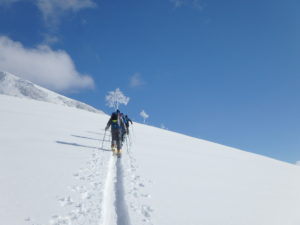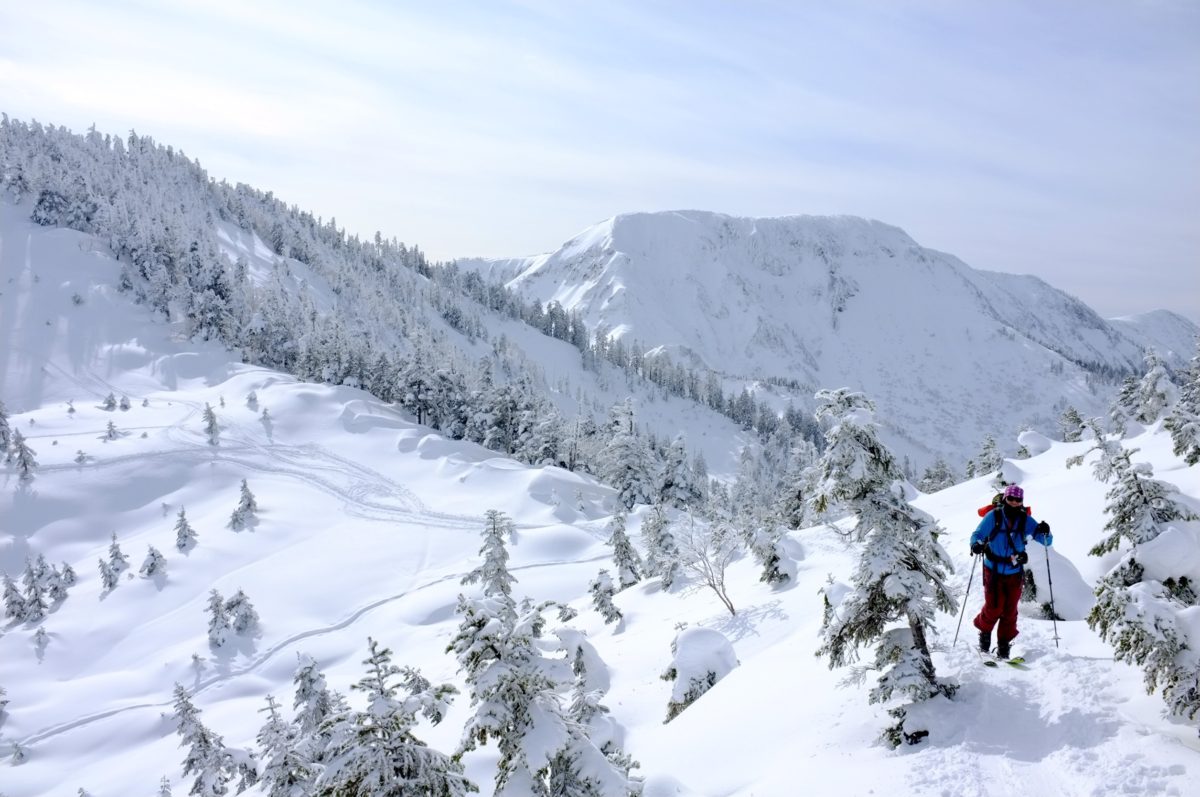Skins (seal) are an essential item for traveling with skis in the backcountry (BC) where there are no lifts. The performance varies depending on the materials used for the skin, how the materials are combined, and the length of the pile. In addition, it is designed to be lightweight to make climbing more comfortable. What should we focus on when choosing?
The role of skins
Skins allow you to climb snowy slopes with your skis on. Also known as a seal. It is like a sheet with hair attached to the sole of a ski, and the friction between the hair material and the snow allows you to climb a snowy slope. Among the various equipment required for BC, many experts say that it is the second most important equipment after skiing. In the sense that this alone can greatly change the behavior in the mountains, this is also an important gear that is life-threatening.
How skins work
Mohair and nylon are mainly used for the fur on the surface that touches the snow surface. The characteristics of the skin change depending on the amount (mixing ratio) of each use.
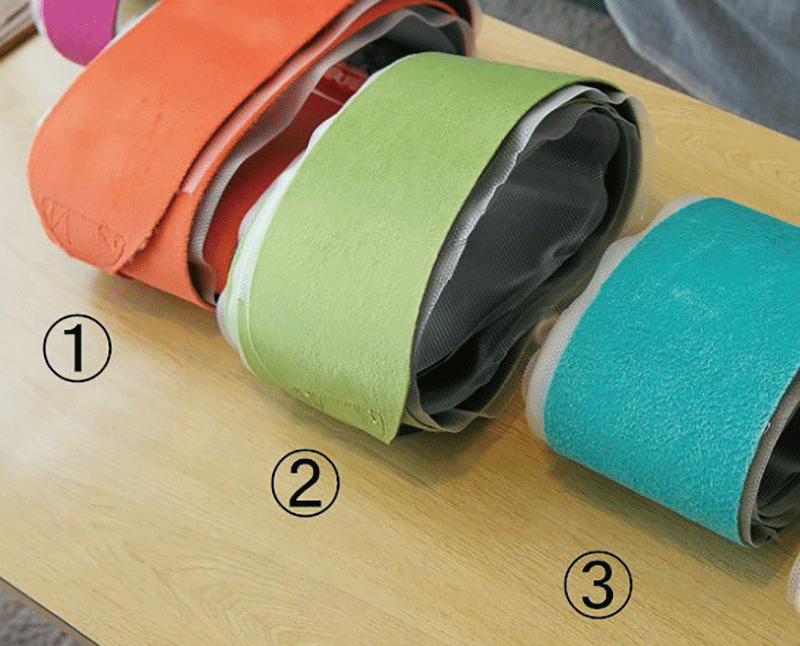
① Nylon
It has excellent grip performance when climbing, and it firmly grasps the snow surface and advances. It makes it easier to walk, so if you are not used to hiking, or if you often carry heavy items on your back, you should choose one that uses a lot of nylon.
② Mohair
Mohair made from Angora goats has a soft and smooth pile. Therefore, it has excellent glide performance when climbing, and you can carry your feet smoothly. 100% mohair gives you more propulsion, takes a longer step, and gets you to your destination faster. At the same time, the load on the feet is low, so it is also an advantage that it is less likely to get tired. In addition, the tour not only climbs, but also descends for a short distance according to the mountain surface, so it is convenient because it is slippery. Mohair is also slightly lighter than nylon, making it easier to carry around.
On the other hand, the grip on the snow surface is inevitably lower than that of nylon. Experienced skiers and advanced skiers have no problem on steep slopes, but beginners may slip and fall. By increasing the proportion of nylon in mohair, the grip strength is improved, so the mixed type of mohair and nylon is now the mainstream.
③ Mix
By mixing mohair and nylon, we sought an ideal form that combines grip and glide performance. The composition ratio varies, such as "70% mohair, 30% nylon" and "65% mohair, 35% nylon." Both have high glide performance and grip performance, and are lighter than 100% nylon, less bulky, and more durable.The advantages of mohair and nylon are well combined. There are many products that are well-balanced and easy to handle, so they are favored by a wide range of users, from professionals to BC beginners.
Adhesive type that adheres to the running surface ......
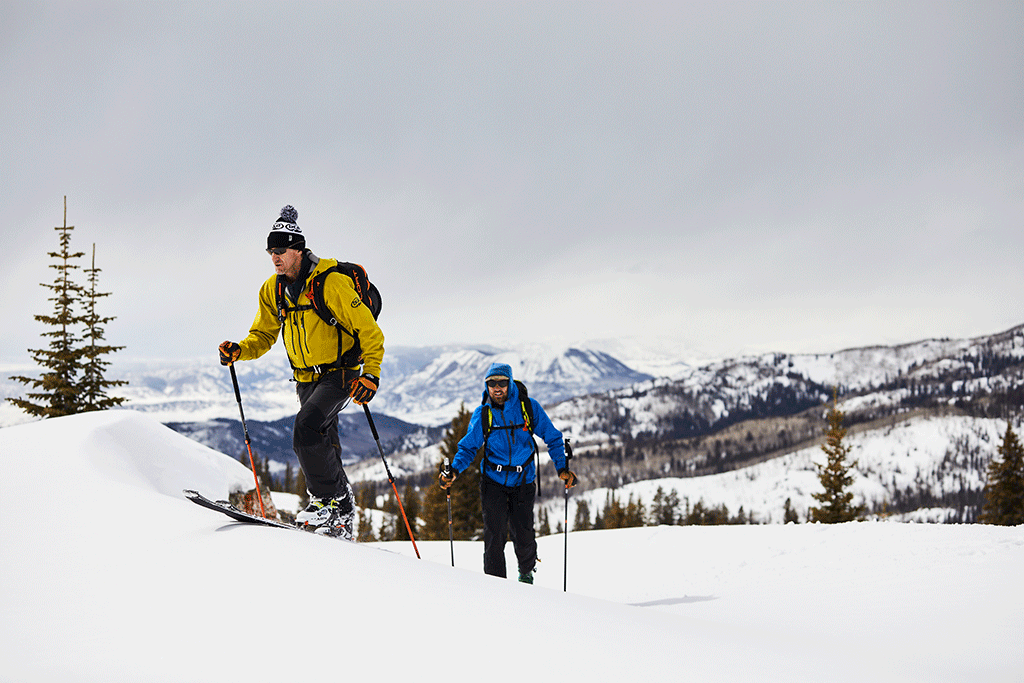
There are also two types of adhesive types that adhere to the running surface of skis. Glue (glue) that has been seen for a long time is the type that adheres to the running surface. The other type is an acrylic/silicon based adhesive type. As for products, hybrids that mix glue and silicon are now mainstream.
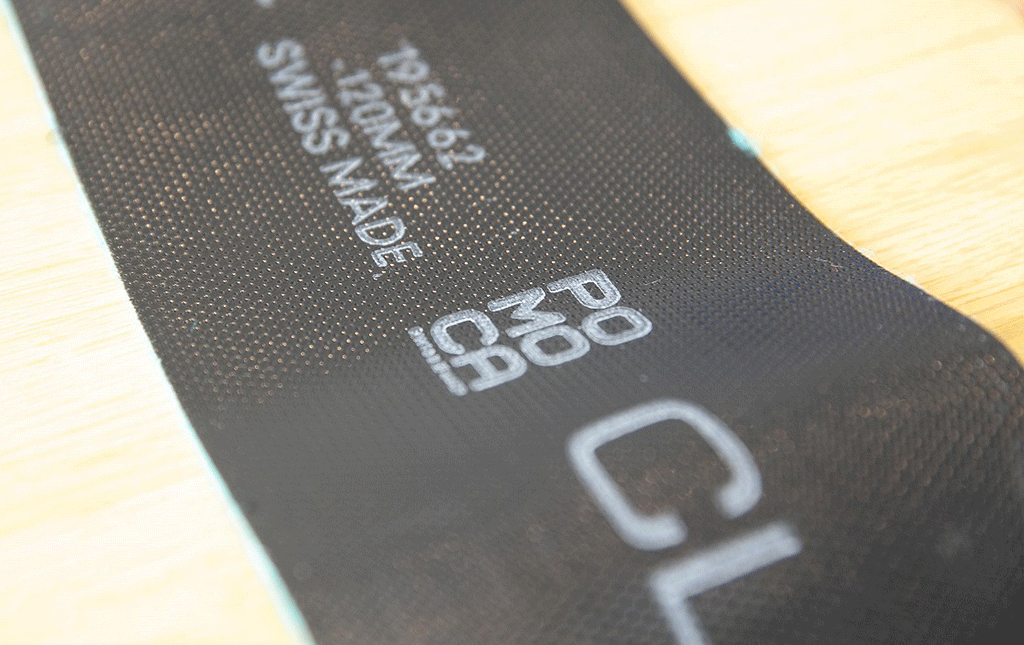
① Glue
The advantage of the glue type is that it adheres stably under any conditions. However, when handling it, the long skin parts touch each other, and the glue sticks to each other, so you have to peel it off, so you have to be careful when handling it on snow. In addition, if it is not managed well, dirt will adhere to the surface and it will deteriorate. However, if stored properly, it can be used for a long time.
② Acrylic/silicon base
Unlike the glue type, the sticky surfaces can be adhered together and carried, making it very easy to handle and manage. Adhesive strength is not as strong as glue, but it has merits such as less deterioration than glue. On the other hand, it has the disadvantage that it cannot be repainted or added like glue.
③ Hybrid
Even if the adhesive surfaces stick to each other, it is not difficult to remove the hybrid. However, it is easy to handle because it sticks firmly to the running surface. However, there are some conditions that are not good, and it does not stick well when the running surface is wet. In that case, make sure to dry with a towel. When the mountain is in a blizzard and fine snow particles are blowing, it will be difficult to stick. The advantage of the hybrid is the ease of management of the adhesive surface.
How to choose
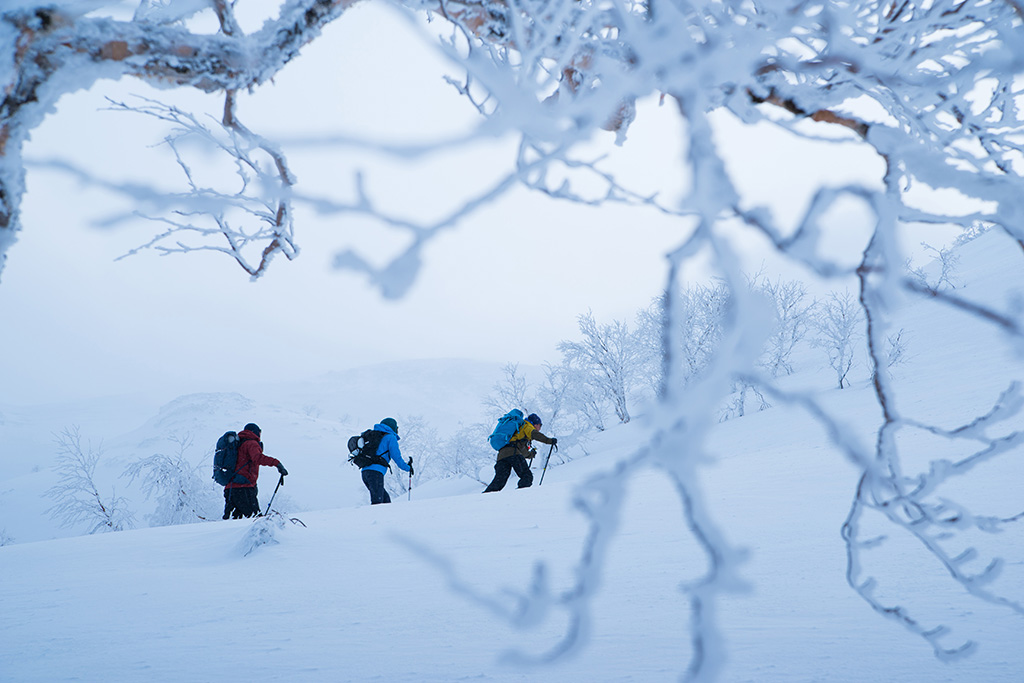
―For BC beginners
Is the material of the skin mohair, nylon, or a mix?
If it is a mix, the balance of the distribution, how the materials are combined, and the length of the pile will change the ease of walking and the feel. It's hard to know which one suits you unless you actually use it on snow. If you use the guide club BC tour, they often rent skins, so you can try it out. If you suddenly feel hesitant to buy, it is a good idea to first join a tour and get advice from a guide.
Also, for BC beginners, it is quite difficult when moving on a hard slope in a snowy mountain or when a kick turn is required.
Considering that, a skin that has a certain amount of grip is safe. Mohair mixed with about 30% nylon will be easier to move on snow. How much BC experience you have, how easy it is to handle on snow, and how easy it is to manage after use will also be consideration points. It is also recommended to consult with a ski pro shop for skin selection, which is often unclear.
―For experienced BC
For those with BC experience, in addition to the characteristics of the skin, the key points in choosing a skin are which mountain you are going to, what kind of equipment you are going to, and how high your climbing skills are.
If you often walk on flat snow, mohair is easier to walk because of its excellent glide. If you want to lighten your load and walk fast, a lightweight one is good. Long and dense hair is suitable if the total weight of the luggage including equipment is heavy.
For users who frequently go to BC, it would be a good idea to choose a second skin considering the snow quality and the season of hiking. Nylon, which is resistant to frictional heat and does not easily absorb moisture, is suitable for hard snowy slopes and coarse snow in spring. If it's powder, it's mohair. Mohair's soft bristles penetrate deep into the surface of the snow, giving it an excellent grip on fresh snow.
Considering the actual level and what kind of environment you will be acting in, it is a good idea to consult with the pro shop and decide. Also, skins come in a variety of widths and lengths, so you need to choose one that matches the size of the ski you're using.
Click here to learn more about skins!
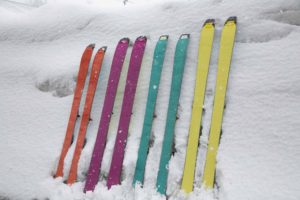
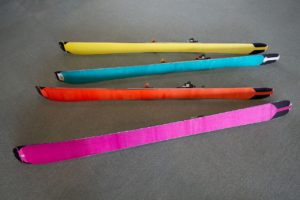
❖ BC beginners also check here !
